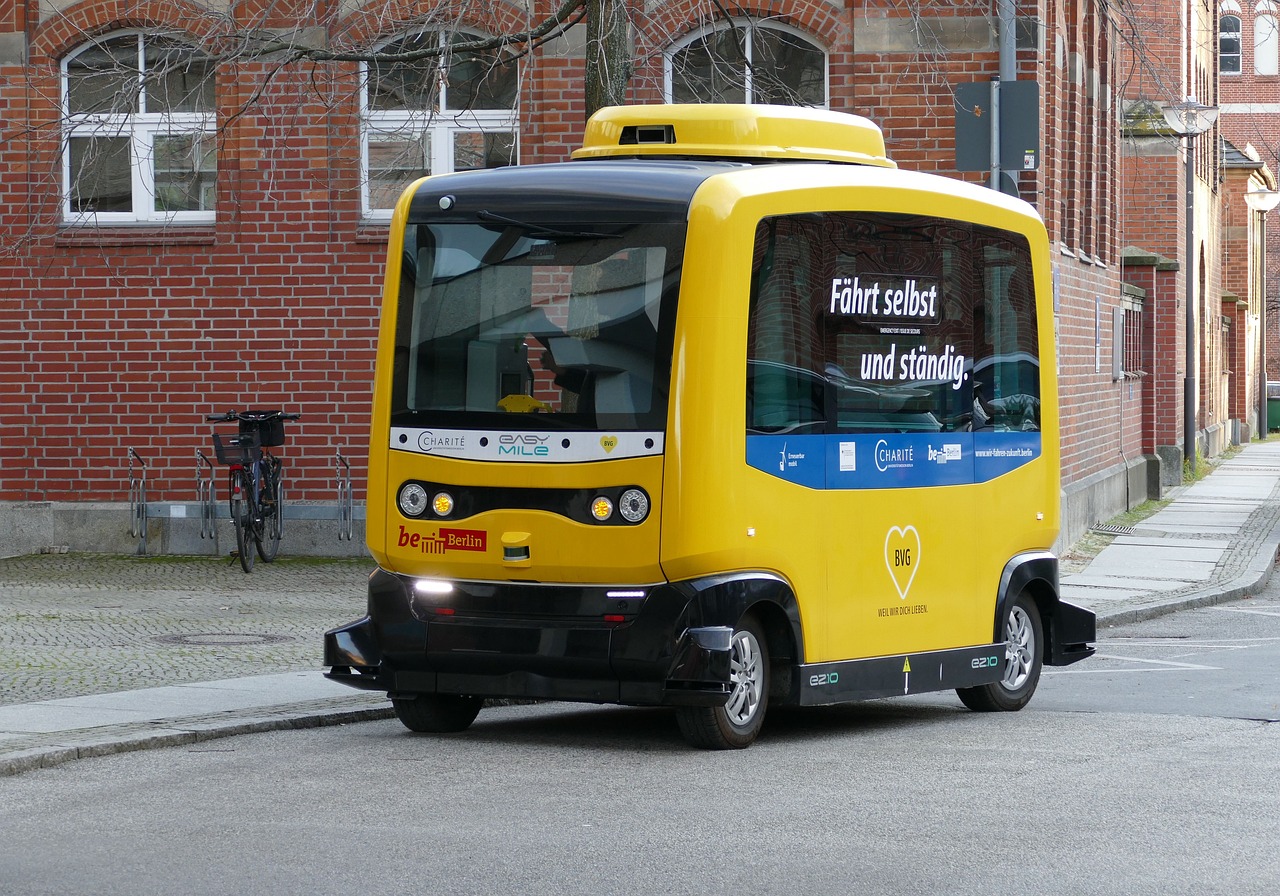The rise of self-driving cars is poised to revolutionize the future of transportation as we know it. With advancements in technology, these autonomous vehicles are set to transform the way we travel, offering a glimpse into a future where driving is no longer limited to human control.
Self-driving cars are equipped with a range of advanced features that enhance safety on the roads. With the ability to navigate and make decisions based on real-time data, these vehicles are designed to minimize human error and reduce the risk of accidents. From sensors that detect obstacles and pedestrians to advanced algorithms that analyze road conditions, self-driving cars are paving the way for a safer driving experience.
But the impact of self-driving cars goes beyond just safety. These vehicles have the potential to reshape urban planning and infrastructure. With the ability to communicate with each other and traffic systems, self-driving cars can optimize traffic flow and reduce congestion. This could lead to more efficient transportation networks and improved accessibility in cities. Additionally, self-driving cars could free up parking spaces as they can drop off passengers and find parking on their own.
The rise of self-driving cars is an exciting development in the world of transportation. As these technologies continue to evolve, we can expect to see a future where self-driving cars are the norm, offering a safer and more efficient way to travel.
Enhanced Safety Features
Enhanced Safety Features
Self-driving cars have revolutionized the concept of safety on the roads. Equipped with advanced technologies, these vehicles offer a range of features that enhance safety and minimize the risk of accidents. Let’s explore some of the key safety features that make self-driving cars a game-changer in the world of transportation.
- Collision Avoidance Systems: Self-driving cars are equipped with sophisticated sensors and cameras that constantly monitor the surrounding environment. These systems can detect potential collisions and take immediate action to prevent accidents. Whether it’s a sudden obstacle or an unexpected pedestrian, self-driving cars can react swiftly and make split-second decisions to avoid accidents.
- Adaptive Cruise Control: Another remarkable safety feature in self-driving cars is adaptive cruise control. This technology allows the vehicle to maintain a safe distance from the vehicle ahead by automatically adjusting the speed. It ensures that the car maintains a safe following distance, reducing the risk of rear-end collisions.
- Lane-Keeping Assist: Self-driving cars are equipped with advanced lane-keeping assist systems that help in staying within the designated lanes. Through a combination of sensors and cameras, these vehicles can detect lane markings and provide gentle steering inputs to keep the car centered. This feature reduces the chances of unintentional lane departures and potential collisions with other vehicles.
- Emergency Braking: Self-driving cars are designed to react swiftly to emergency situations. If the system detects an imminent collision, it can automatically apply the brakes to mitigate the impact or bring the vehicle to a complete stop. This feature is particularly crucial in preventing accidents caused by human error or distractions.
These are just a few examples of the enhanced safety features that self-driving cars offer. With their advanced technologies and constant monitoring capabilities, these vehicles have the potential to significantly reduce accidents and make our roads safer for everyone.
Impact on Urban Planning
Self-driving cars have the potential to revolutionize urban planning and infrastructure as we know it. With their advanced technology and capabilities, these autonomous vehicles are set to reshape the way cities are designed and organized.
One of the key impacts of self-driving cars on urban planning is the potential to reduce the need for parking spaces. As these vehicles can drop off passengers and then navigate to a designated parking area on their own, the need for large parking lots and structures could significantly decrease. This opens up opportunities for cities to repurpose these spaces for other purposes such as parks, green areas, or even new commercial developments.
Furthermore, self-driving cars have the potential to improve traffic flow and reduce congestion in urban areas. With their ability to communicate with each other and make split-second decisions, these vehicles can optimize routes and reduce the number of vehicles on the road. This could lead to shorter commute times, less pollution, and a more efficient transportation system overall.
Additionally, the introduction of self-driving cars could also have an impact on public transportation systems. As these vehicles become more widespread, there may be a shift in the way people choose to travel. With the convenience and flexibility offered by autonomous vehicles, some individuals may opt to use them instead of traditional public transportation options. This could require cities to adapt their public transportation systems to accommodate these changes in demand.
In conclusion, the rise of self-driving cars has the potential to greatly influence urban planning and infrastructure. From reducing the need for parking spaces to improving traffic flow and potentially reshaping public transportation systems, these autonomous vehicles are set to transform the way we navigate and experience cities.


